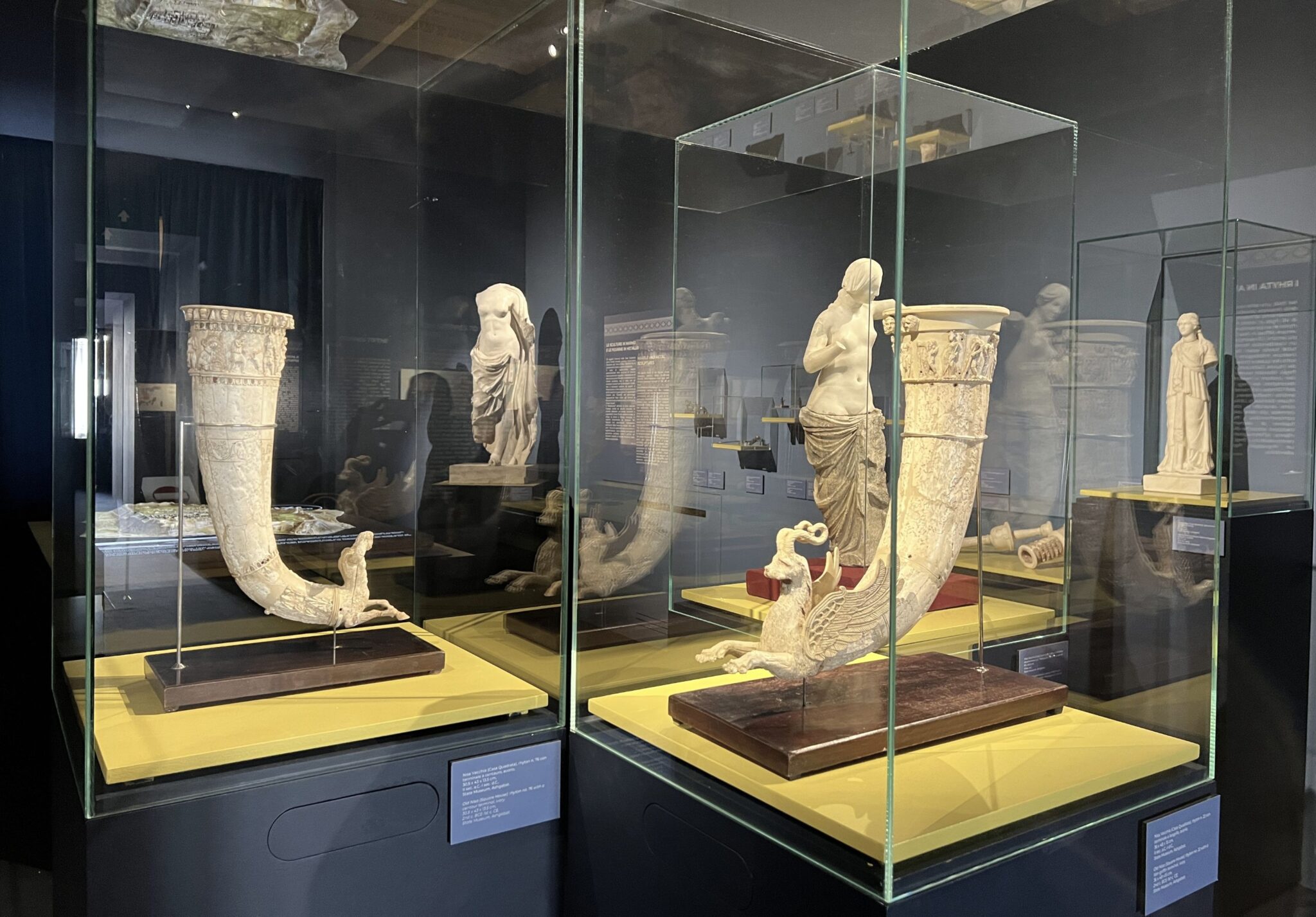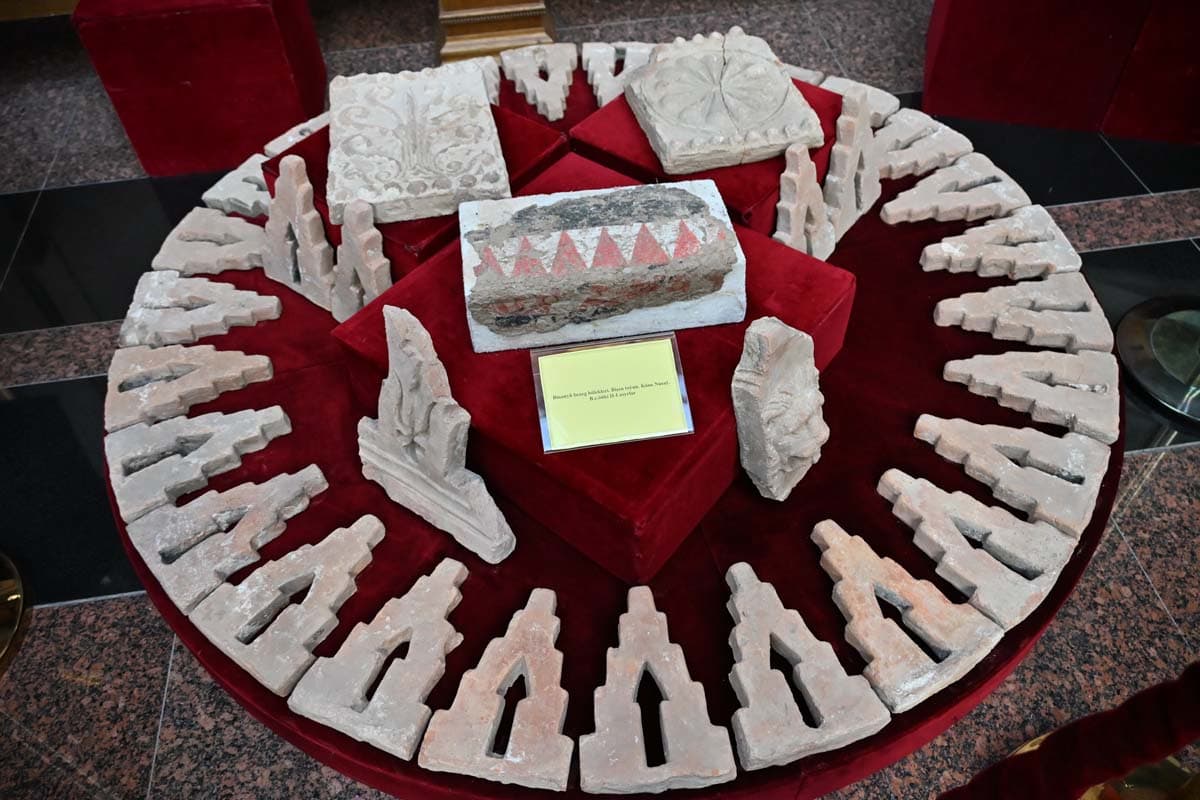
The latest stage of archaeological and scientific fieldwork has concluded in Turkmenistan. On November 26, official ceremonies were held to hand over the new archaeological finds to the collections of the State Museum of the State Cultural Center of Turkmenistan (Ashgabat) and the Arkadag Museum of History and Local Lore.
During the spring and fall seasons of 2025, specialists and researchers from the National Administration for the Protection, Study, and Restoration of Historical and Cultural Monuments, the State Historical and Cultural Reserves, and the Institute of History and Archaeology of the Academy of Sciences of Turkmenistan conducted comprehensive scientific research, excavations, and restoration and fortification work.

The main sites where work was carried out were:
◦ Ahal Velayat: Paryz-Depe Monument (Geoktepe Etrap), Myane Baba Mausoleum, and the medieval Juma Mosque in the Ancient Abiverd Fortress.
◦ Balkan Velayat: Juma Mosque of the medieval settlement of Dehistan.
◦ Dashoguz Velayat: Caravanserai Monument.
◦ Lebap Velayat: Ancient Amul, Dayahatyn (along the Amul-Khorezm branch of the Great Silk Road).
◦ Mary Velayat: Akjagala Caravanserai.
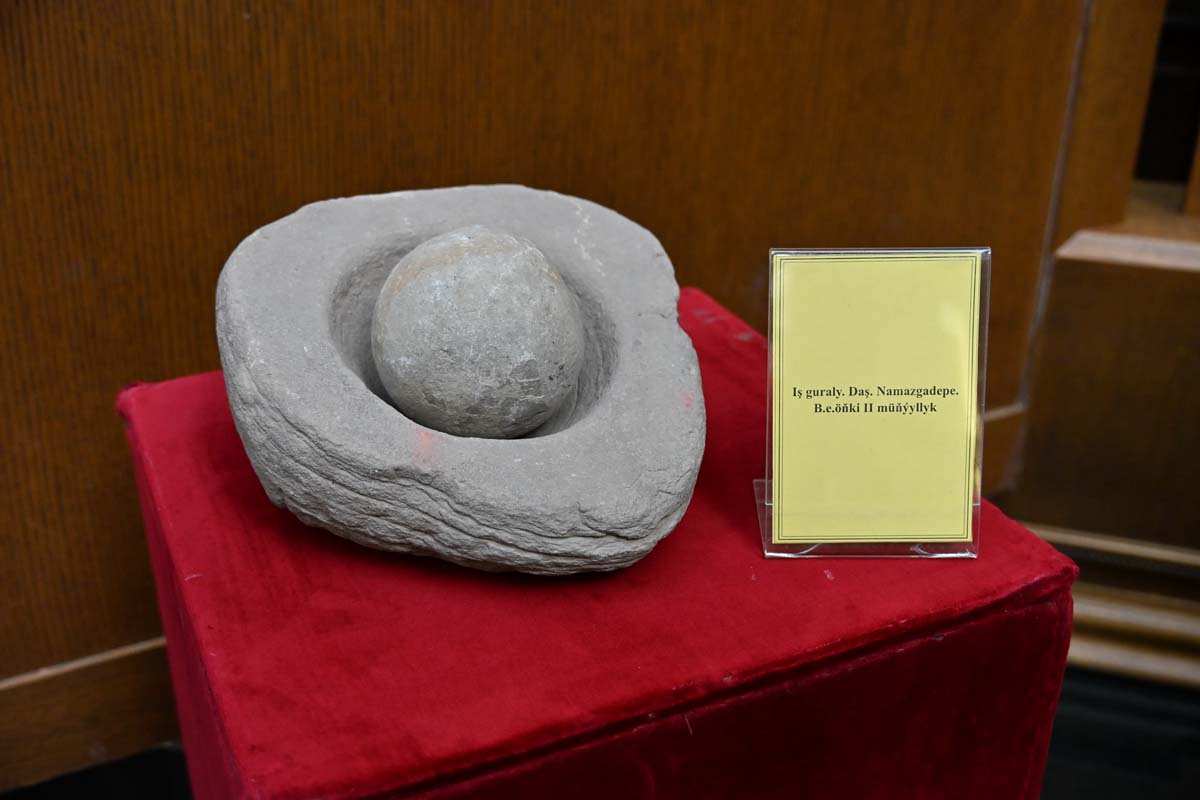
The materials and scientific data collected during fieldwork significantly expanded our knowledge of Turkmen history. The research confirmed a high level of development in medieval Turkmen cities. Evidence was gathered demonstrating the dynamic development of handicraft production and extensive trade links, indicating a high degree of urbanization. New evidence was obtained of the formation of a distinctive national architectural school and the existence of developed social organizational mechanisms.
Over 300 archaeological finds, discovered over the years at such renowned sites in the Akhal velayat as Old Nisa, Altyn-Depe, Namazga-Depe, Yylgynly-Depe, Gara-Depe, and Paryz-Depe, have been donated to museum collections.
The donated artifacts include a horse figurine, pottery, and metal objects (arrowheads, tools, etc.).
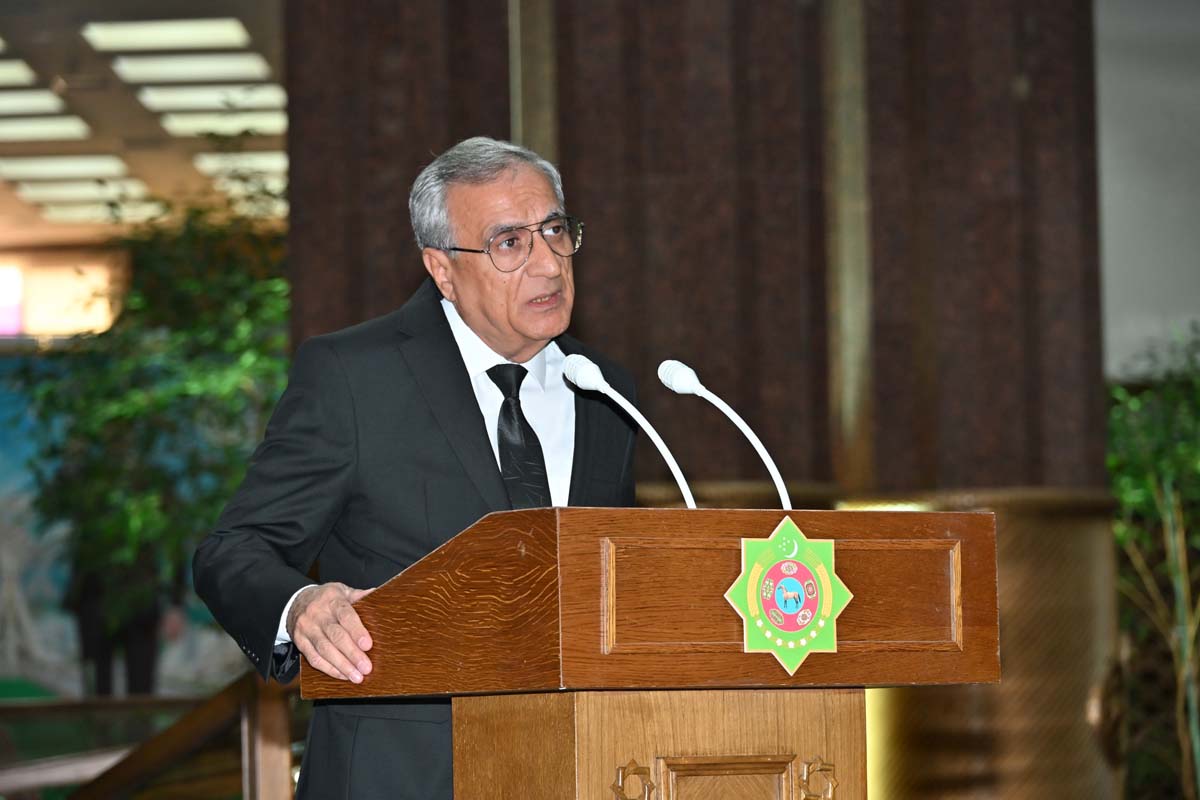
Of particular scientific value is a restored ceramic vessel from the Chalcolithic period (Copper Age) found at the Paryz-Depe site. This find provides direct evidence of the spread and flourishing of the renowned Anau culture.
A silver drachma depicting Alexander the Great, discovered in the Serakhs district, was also donated to the museum. Experts believe this artifact may provide new information about the commander's military campaigns in the region.
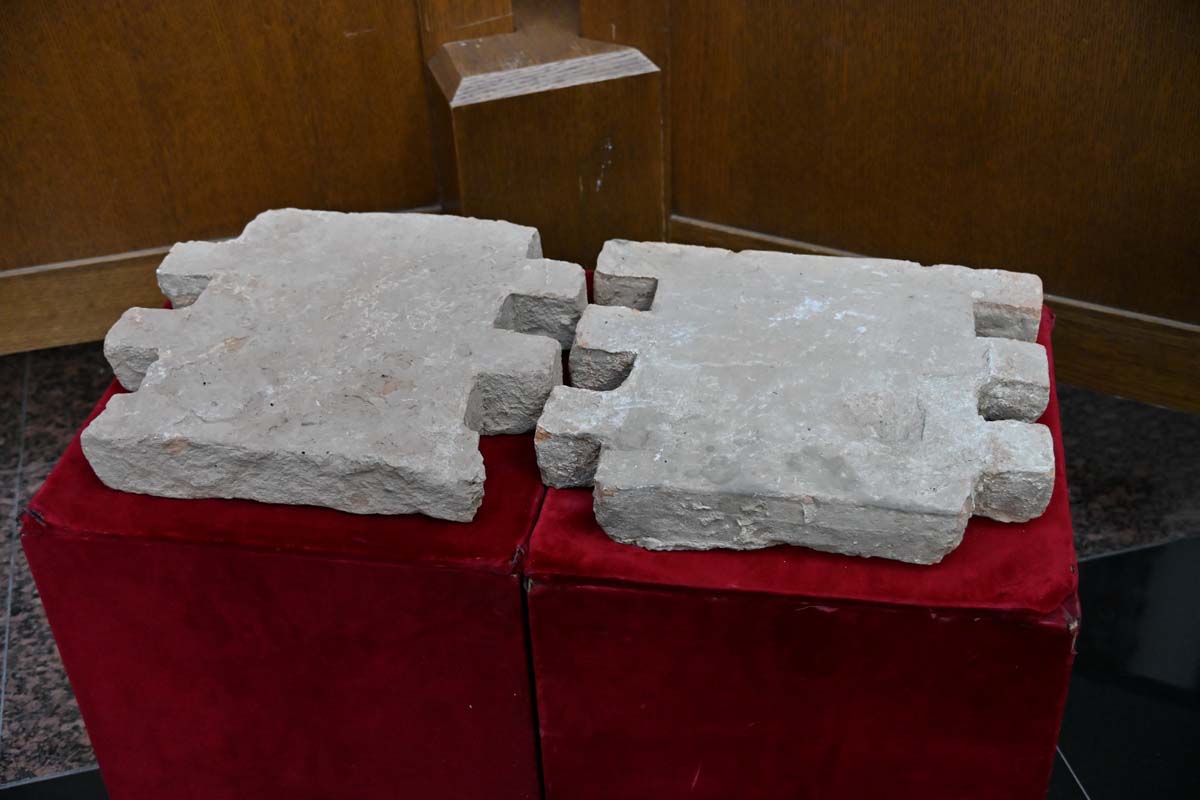
In the context of ancient heritage, the ancient city of Old Nisa, the royal sanctuary of the Arsacid dynasty, founders of the great Parthian Empire, plays a key role. The inclusion of Nisa on the UNESCO World Heritage List demonstrates the worldwide recognition of its outstanding cultural value. Artifacts from the royal treasury adorn the halls of Turkmenistan's national museums and are featured in international tourist catalogues.
The global community's interest in Turkmen heritage is confirmed by the successful archaeological exhibition "Ancient Civilizations of Turkmenistan," which opened on October 25, 2025, at the Capitoline Museum in Rome. At the exhibition's opening ceremony, President Serdar Berdimuhamedov emphasized the importance of presenting the treasures of Parthian culture and art at this significant global venue.
